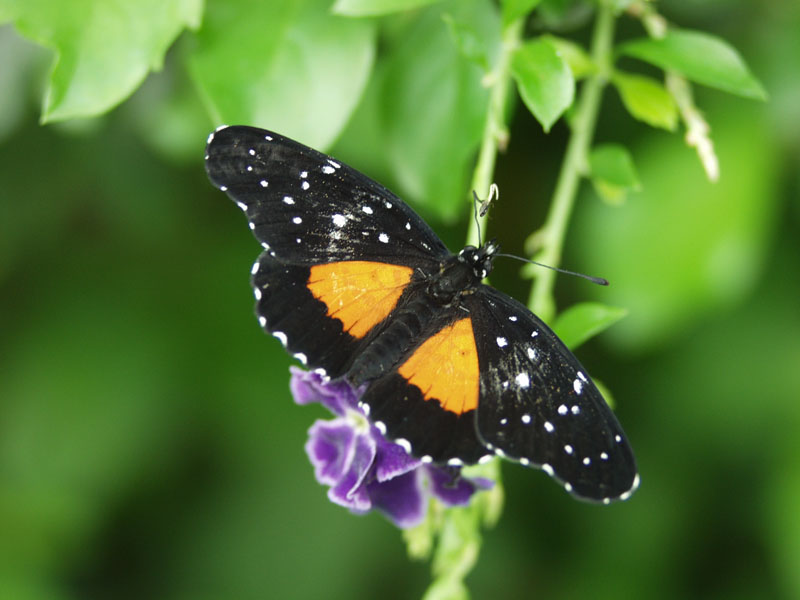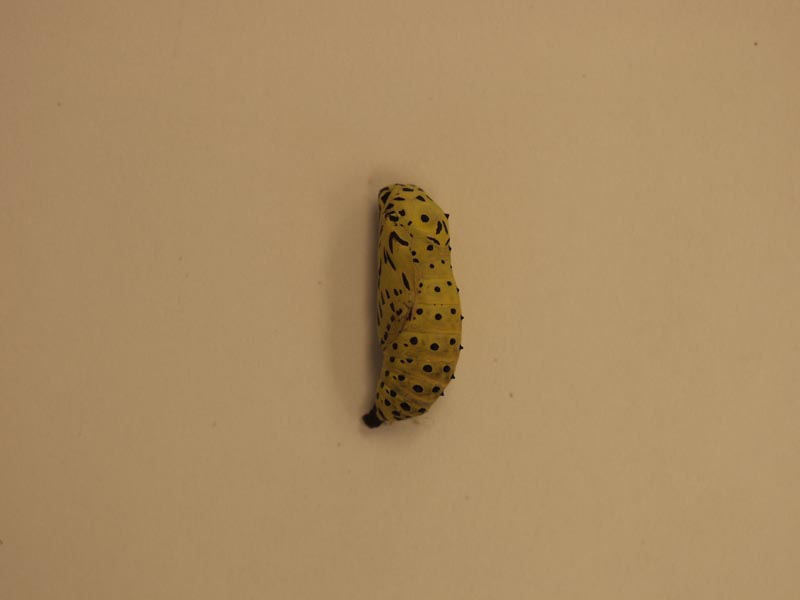


Adults will visit an assortment of nectar plants.
The origin of the genus and species is currently unknown.
Adults are found along the forest edge of the tropical forest and the surrounding fields.
Males patrol for receptive females. After mating the females lay their eggs in cluster on host plants. Once the eggs hatch, the early instar larvae feed in groups until they reach their fourth instar. The newly formed pupa hangs from plant matter until it emerges.
In the southern most part of their range there are multiple generations each year and adults can be found year round. In the northern part of their flight range multiple generations still occur, but only between the months of July-November.
Populations of Crimson Patch butterflies can build up in significant numbers. Crimson Patch butterflies are, however, greatly affected by weather conditions and on years with colder than usual temperatures the population often plummets.